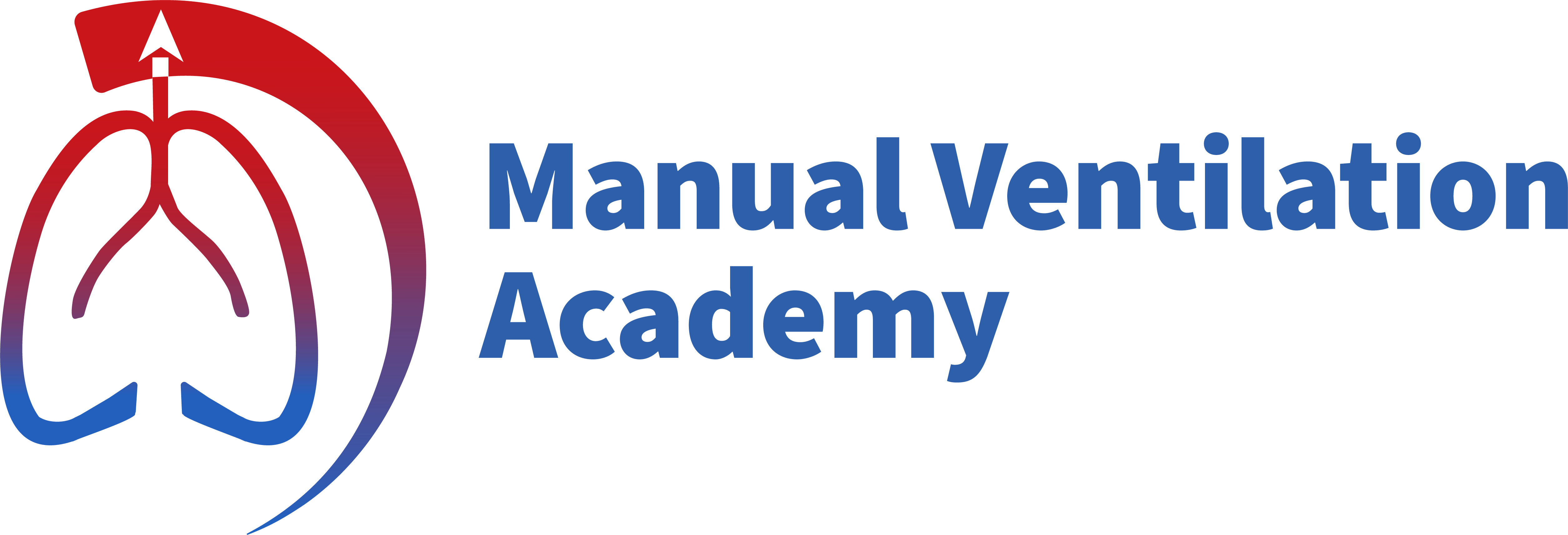In a 2023 study published in Circulation (1), Idris et al. investigated the ventilation practices of EMS teams during early CPR before advanced airway placement. Their goal was to assess the impact of bag-valve-mask ventilation on patient outcomes following Out-Of-Hospital Cardiac Arrest (OHCA).
The researchers retrospectively analyzed data from 1976 adult OHCA patients who received ventilation in a 30:2 compression-to-ventilation ratio. Patients were included from six different sites. The administered tidal volumes were assessed using bioimpedance measurements facilitated by defibrillators. This technique allowed the detection of ventilation waveforms corresponding to tidal volumes greater than 250mL.
The included patients were divided into two groups:
- Group 1: Patients who received proper ventilation (tidal volume > 250 mL) in less than half of the compression pauses (accounting for 60% of the cohort).
- Group 2: Patients who received proper ventilation (tidal volume > 250 mL) in more than half of the compression pauses (accounting for 40% of the cohort).
This study revealed several key findings:

